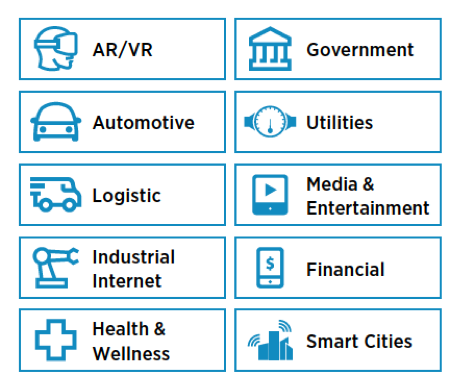Network slicing holds much promise for enabling new use cases and business models, but there’s no need to wait for 5G. It works today and can deliver new revenue from LTE networks. Why wait?
Network slicing has, quite rightly, attracted considerable attention both from inside the industry and from the media. It’s a foundational pillar of 5G and will enable the delivery of dedicated, logical networks on shared physical resources. As such, it’s key to enabling a wide number of use cases, which is particularly important as 5G is designed to be able to support multiple kinds of service and more innovative business models (in contrast to previous generations of mobile, which have largely been optimised for a single service).
As might be expected, the GSMA is heavily pushing network slicing. However, it’s also trying to consider ways to mitigate the cost impact of introducing the technology, as it makes clear in a recent positioning paper. The same paper details a number of use cases for network slicing, as indicated in Figure 1, below.
Figure 1 – Network slicing use cases (GSMA)
In total, the GSMA reckons the opportunity that can be unlocked once network slicing becomes more widely deployed could reach $300 billion by 2025. But, it does not anticipate that the full range of network slicing capabilities will be available much before 2022. While that note of caution is sensible, we disagree. In fact, we think that the potential rewards of network slicing are much closer to hand.
To start with, network slicing technology exists today. There have been numerous trials and demonstrations of the technology, from a variety of vendors. We’ve also been extensively involved, so we’re confident that the solutions exist that will work today. As so often happens, the issue is not technology, but a business case.
The problem today is that many are focused on identifying new needs and providing problems to solve them. In other words, they are looking for problems that might benefit from the introduction of network slicing, which is the main thrust of the work undertaken by the GSMA and others. We think it’s much more realistic to focus on problems that already exist and for which people already need a solution.
For example, it’s well known that mobile video consumption, while surging in popularity, can offer a highly variable experience, particularly during events that attract a large audience. Applying slicing both to users of specific video channels as well as to particular loci targeted towards events, are both logical and immediately appealing use cases for network slicing that we can enable. Both offer returns – on the one hand, premium pricing can generate additional revenue from users for a guaranteed experience; on the other, from packages offered to attendees of a particular event or function.
We’re only just beginning to explore network slicing but there’s no doubt that there are immediate commercial gains to be secured. We can help achieve this today. For example, with our gQoE solution, we can provide slicing capabilities and a positive business case for delivering improved video QoE. There are different ways in which this can be monetised – for example, a Content Provider can pay the MNO for such enhanced performance, or users may pay a premium. Once in place, these techniques and models can easily be extended to 5G use cases, as they emerge.
It’s great to consider a future opportunity, but MNOs and Content Providers should be acting now, both to familiarise themselves with the technique of slicing, and also to explore new commercial models for which there is already clear demand. With Tambora, MNO and Content Providers can test and refine their value proposition, take early advantage of new business models, and be ready to full immediately capitalise on 5G when it becomes available. Why wait? Talk to us today to find out how we can help you capitalise on network slicing.
GSMA – Network Slicing Use Cases Requirements
